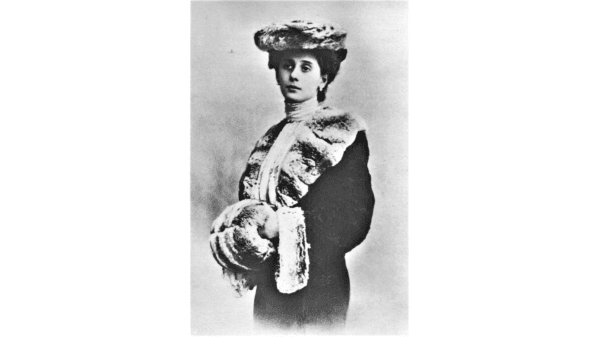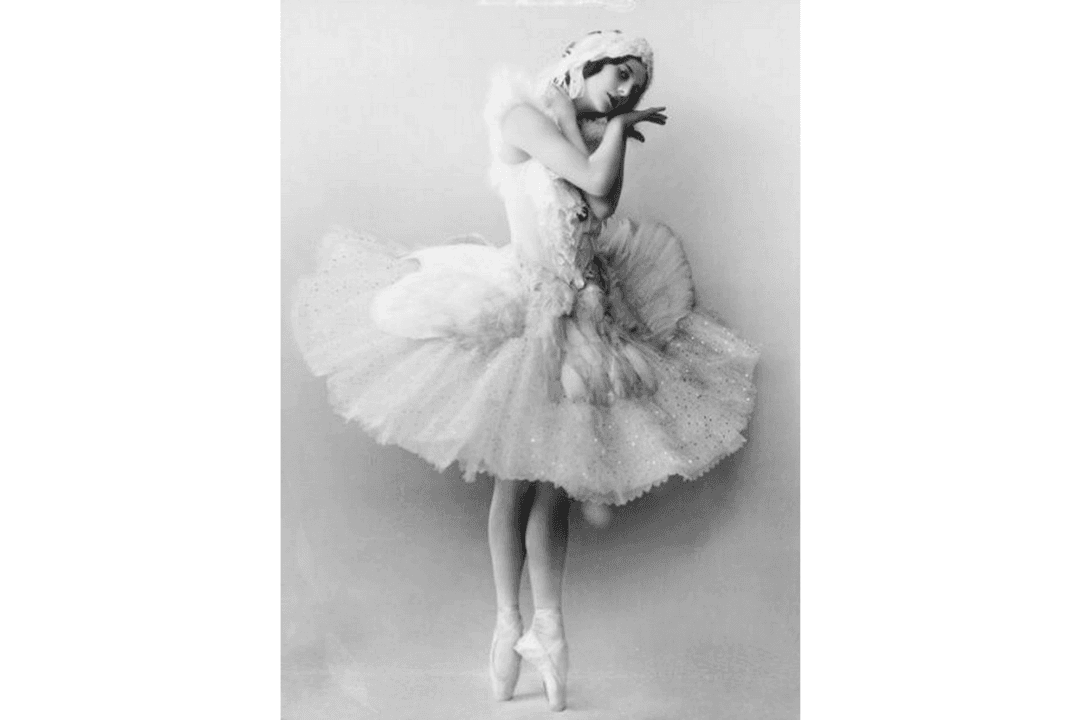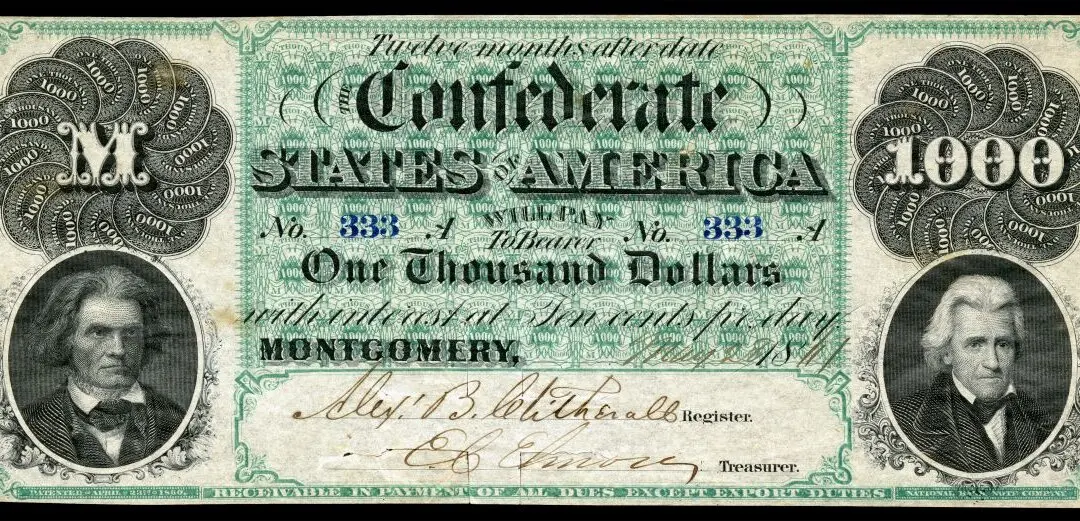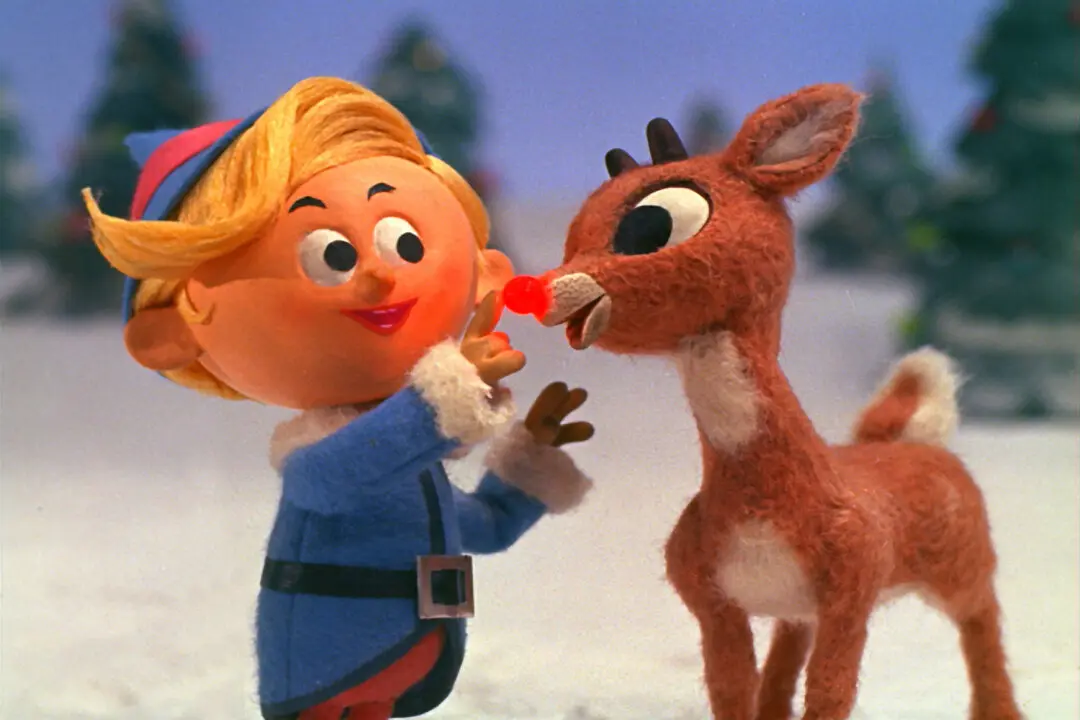Immense cruelty was the order of the day for much of the 20th century, especially in parts of Europe and the East through fascism and communism. Among the many dictators known throughout that bloody century, none are more notable or bloody than Joseph Stalin and Mao Zedong.

Photographic postcard of Anna Pavlova, prima ballerina of the St. Petersburg Imperial Theatres, circa 1905, from the photography studio of the Imperial Mariinsky Theatre. St. Petersburg, Russian Empire. Public Domain






